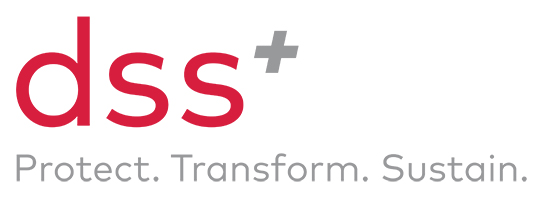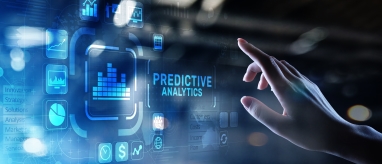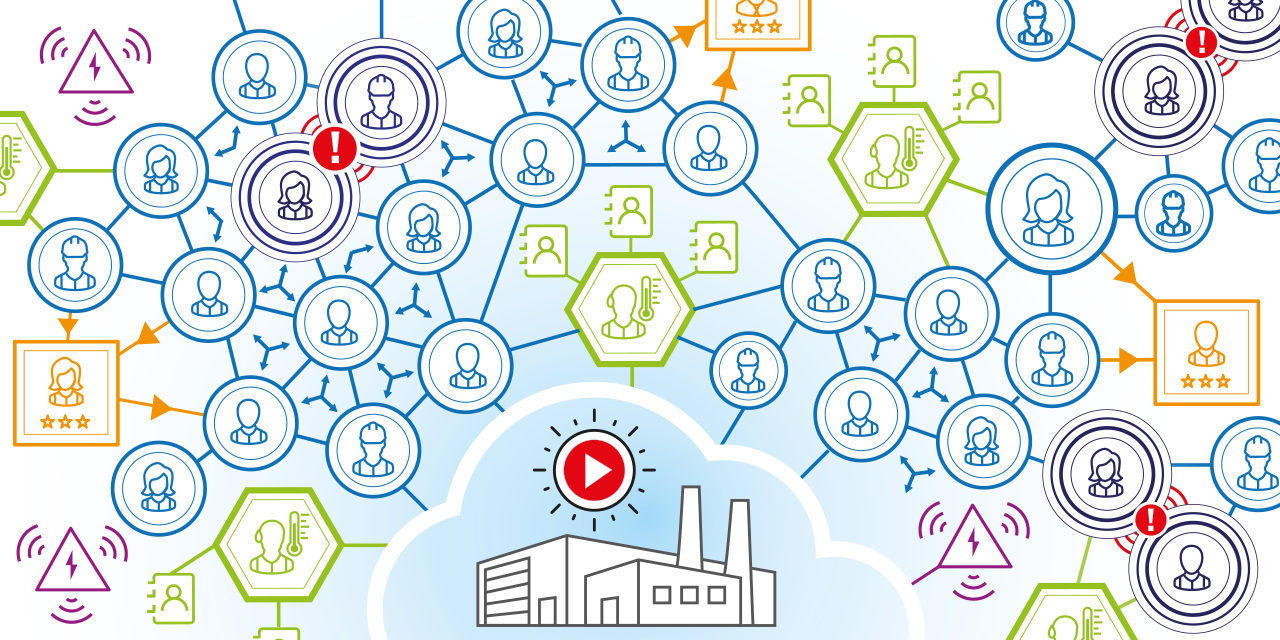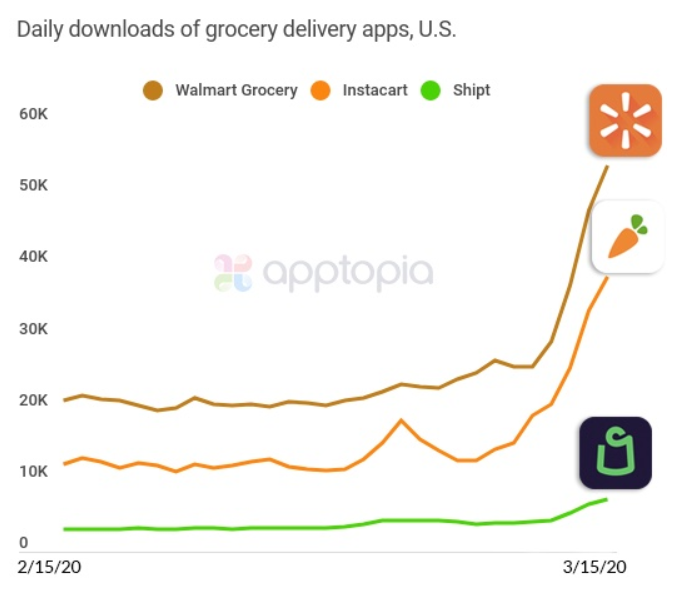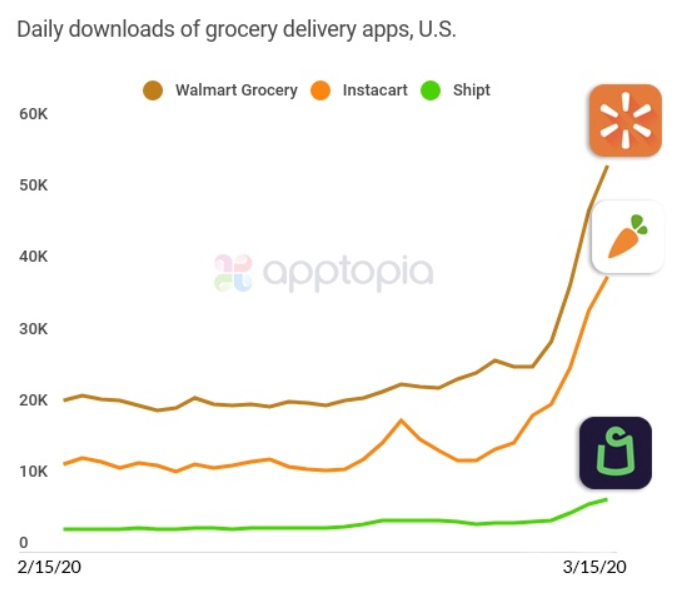
Source: TechCrunch.com
The unprecedented pace of change, particularly related to the risk profile of certain activities, have changed almost overnight. Concurrently, ever greater demand for certain goods and services, and the mounting pressure to deliver with speed, quality and to an impeccable level of hygiene, have made responsiveness and business continuity imperative.
Logistics resources, health professionals, and core crews from industrial operations and worksites - all essential in the current environment – have seen the risk profiles of their jobs change significantly. Be it more stringent requirements for social distancing and Personal Protection Equipment (PPE) to even the level of safety or confidence in interacting with clients/patients or delivering the goods and services, it is evident that the mode of working has adapted far faster than many expected, leaving employers scrambling to develop new systems and procedures to support these monumental shifts. The deployment of new digital technologies are considered by many to be the main solution, however rates of failure for digital transformation remain extremely high – 70% according to a recent Harvard Business review article. How can companies within these sectors implement digital solutions more effectively?
Logistics
Shops and retailers need to use different distribution channels, as the demand for home delivery goods is certain to increase over time. In the US alone, the unusual circumstances mean that this month grocery stores offering home delivery through apps have seen a surge in daily app downloads by over 150%. Apps such as Walmart Grocery saw 54,000 downloads on Sunday March 15th alone.
One of the immediate impact of this is that the workforce in warehouses and sorting centers must find ways to cope with the dramatic increase in their workload. As new workers are brought in, and others seen the nature of their work shift greatly, ergonomic risks – predominant issues across the industry – are likely to become of greater concern due to lack of experience and training among the workforce.
For new employees, one supplier - Attensi SKILLS - can be used as an on-boarding and training solution, to improve compliance with standard operating procedures and on-the-job-efficiency in warehouses and beyond.
Other technologies like LifeBooster (which integrates industrial IoT with wearable technologies to provide real-time visibility to manage risk and prevent injuries) and DorsaVi (which leverages wearable movement sensors that track how employees move to make the workplace safer) can help to provide close to real time assessment and feedback to workers in this field and help them to avoid injuries.
Health Professionals
Long hours in a highly stressful, risk-laden environment while wearing, and in some cases reusing PPE, can expose healthcare professionals to extreme levels of fatigue, both mental and physical. In spite of being trained to deal with such conditions, external factors such as a projected doubling in demand for healthcare workers with a significant shortages of personnel trained to deal with this pandemic available can exacerbate the pressure they feel and increase the risk of error or burnout.
Technology can help to identify mental and physical fatigue effectively. Two examples are Predictive Safety’s AlertMeter, which measures a person’s cognitive alertness with a 60 second graphic test taken on a touchscreen tablet or a smartphone; and FireHUD which provides easy-to-use biometric monitoring to prevent overexertion injuries for teams that perform demanding jobs. Such monitoring can help to alert the medical professional or management of how to optimize schedules or when to take short breaks to help employees stay fit and potentially reduce error.
Core crews from industrial operations and worksites
On industrial worksites, where most if not all non-core staff are working remotely to reduce risk, the boots-on-the-ground workers are the only personnel allowed on site to keep a production going and the site operational. Absence of wider range of experienced workers on site may lead to situations in which the core crew must take immediate decisions related to risk management they lack the experience to deal with.
Technologies like Guardhat – smart hardhats that incorporate sensors and peer-to-peer connectivity for real-time situational awareness, and SmarTECHS – practical industrial augmented reality solutions, can bridge the distance and help experienced operators provide guidance to less experienced ones from afar, via remote connectivity. Geolocation sensors present in above technologies as well as RomWare become key as a way to monitor and ensure physical distance requirements compliance.
Conclusion
The potential benefits of such technologies to effectively manage risk within these rather extreme situations characterized by much change and, in some cases, real or perceived augmentation of risk to workers’ health is quite high. To effectively implement such technologies, though, it is critical that companies focus on how to source such products quickly, and to pilot and scale them up rapidly while ensuring the engagement of their people and enhancing the technology adoption level by users.
***
As a Global Innovation and Digital Manager with dss+, Vinicius Branchini is an experienced operations consultant, well versed in risk management and cultural transformation. Throughout his career, Vinicius has worked with multiple clients to protect their people and improve their operations. Given his experience in engaging people and his passion for innovation, Vinicius can advise on how to ensure that corporations and their people adopt new technologies in their work environment.

